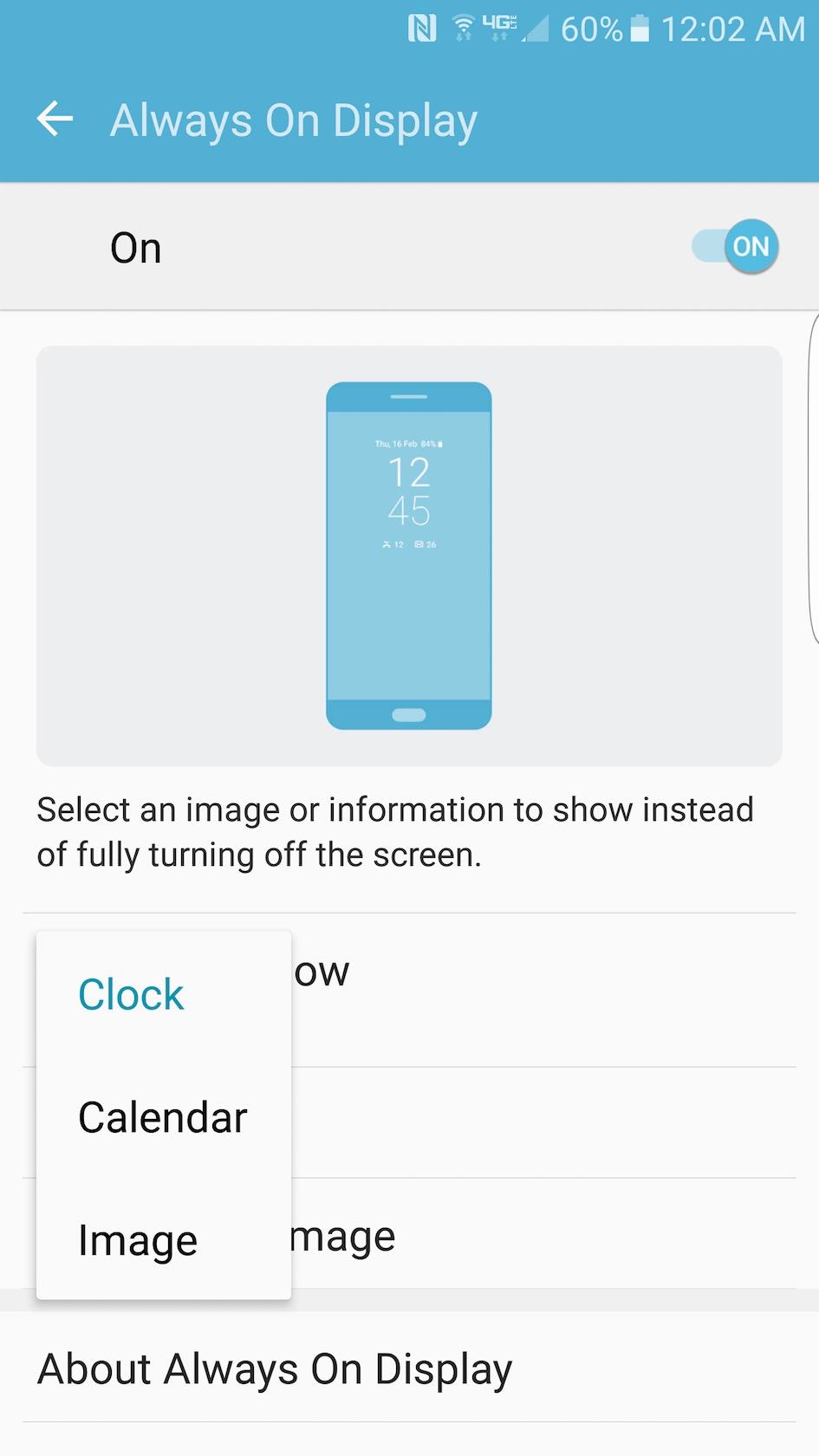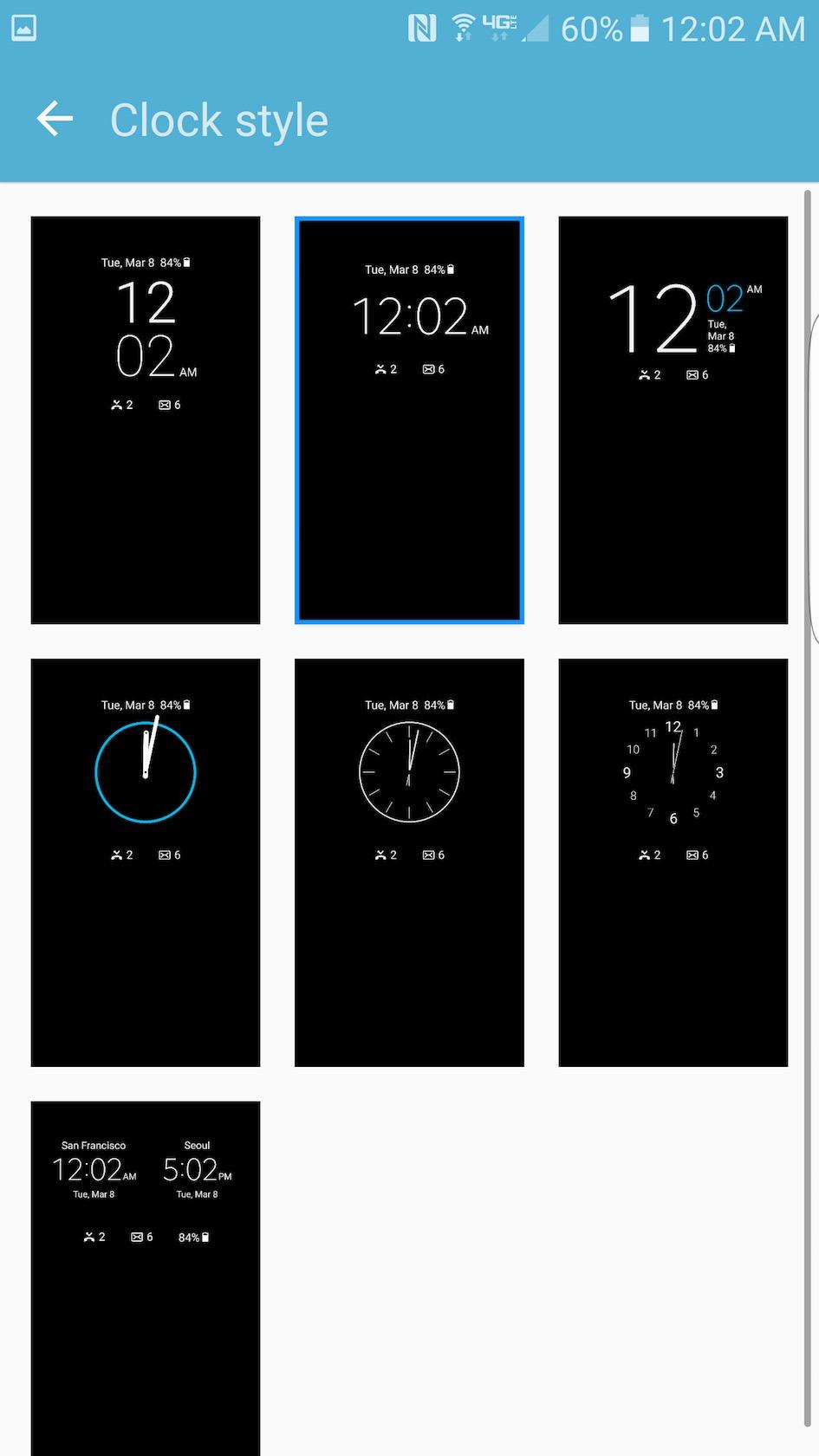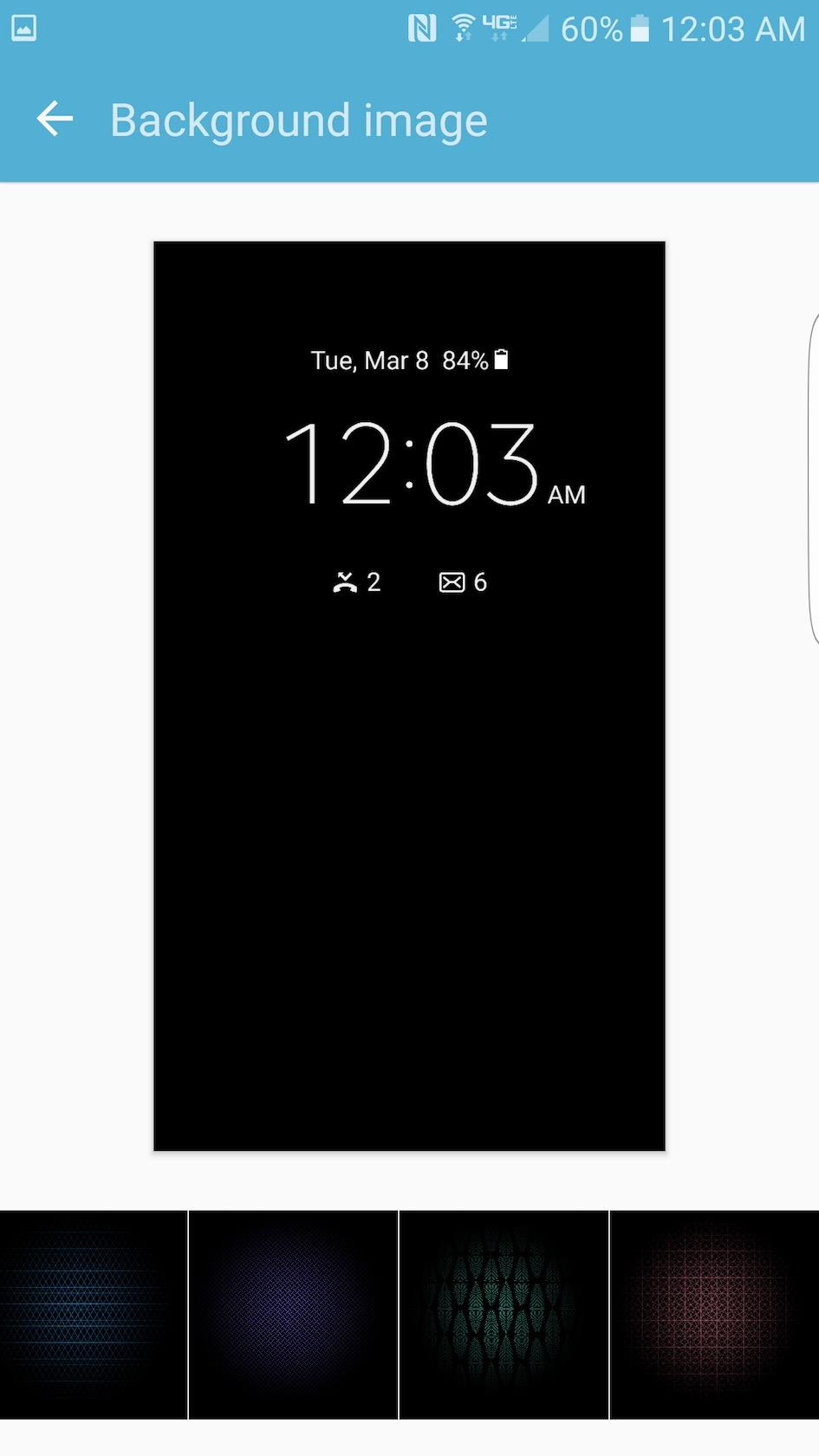Samsung Galaxy S7 Review
You could forgive Samsung for harboring a little resentment toward Android phone buyers. After all, it gave us the Galaxy S6 – and in the process answered the most vocal and persistent criticisms of build quality and style, among other things – only to see sales fail to live up to expectations. Turns out, we're a fickle bunch, smartphone buyers, and so the Galaxy S7 arrives with courage screwed to the sticking place but no guarantees. Just one big question: is this the phone to buy if you're an Android fan?
Design
Samsung rightfully won plaudits for its Galaxy S6 design, though admittedly part of that was just our relief that the company was finally over its plastic addiction. The Galaxy S7 refines that aesthetic, better faring in the rear camera so that its bulge is less conspicuous, and shaving away at the metal bezel that runs the phone's periphery.
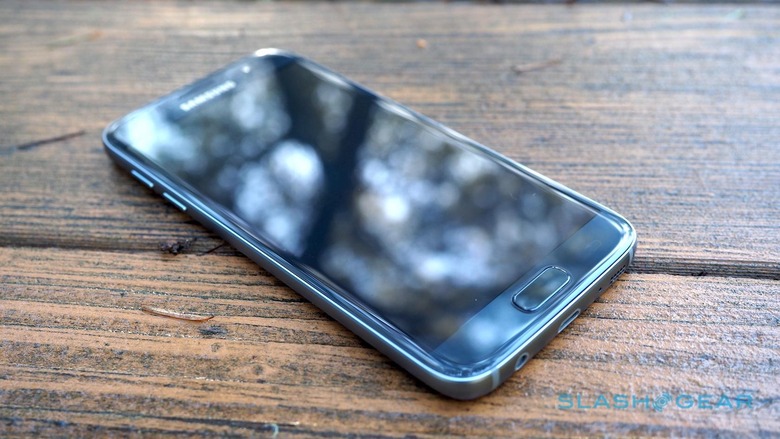
If I could fly to South Korea and find the Galaxy S7's designers I'd give them a well-deserved hug. Rather than chasing thinnest above all-else, Samsung has opted to make the new phone thicker than its predecessor: the S6 was just 6.8 mm, but the S7 is 7.9 mm.
Marketing suicide? Not at all, since Samsung used that extra internal space to fit a considerably larger battery. Better still, when you hold the Galaxy S7 you'd swear it was the thinner device, because of how the rear glass panel tapers. Unlike the sharp, blunt edges of the Galaxy S6, the newer phone minimizes how much substance it digs into your hand.
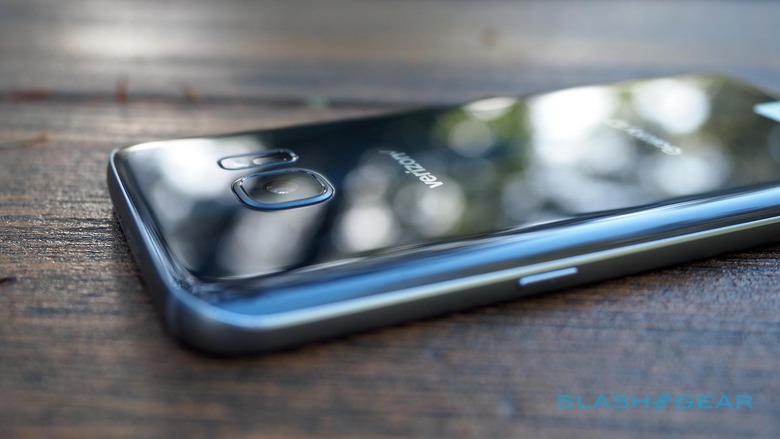
It's a great example of Samsung actually listening to users rather than presuming it knows what's best for them. Waterproofing is another one: present on the Galaxy S5, then missing – and often complained about – on the S6, and now returned on the S7.

In fact, the S7's waterproofing is better than any Galaxy before it. No, this isn't a ruggedized phone – I've no doubt you could crack it or smash it without too much effort, though it has held up to scuffs and knocks well so far – but with IP68 certification it'll suffer more dust and more than 1m immersion in water without complaint.
Display and Specifications
See, too, the return of the memory card slot. The ability to add extra storage was much-prized in earlier Galaxy phones, to the point where its omission in the S6 felt like a slap in the face to the Samsung loyal. Samsung has not only returned it on the Galaxy S7, but done so in an even more aesthetically-clean way, integrating it into the nanoSIM tray.
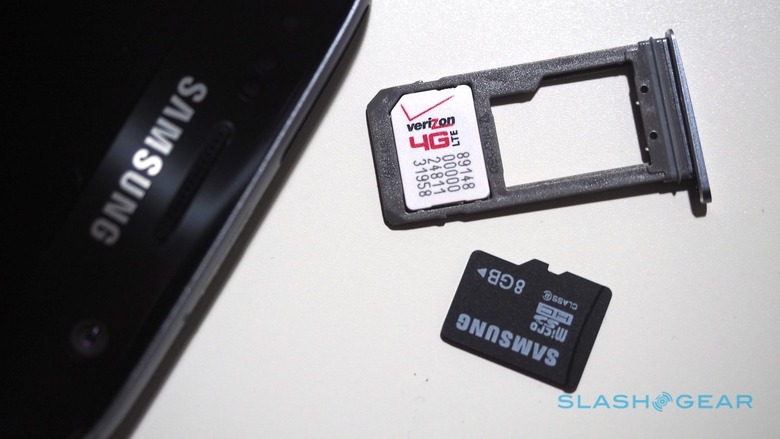
So, though the S7 comes with 32GB of storage – there's no 16GB version, something Apple could frankly learn from – you can add up to a 200GB microSD card if you're an absolute glutton for capacity. Honestly, most of the time I'm content with online backup and streaming services like Spotify, but not everyone is, and so I'm glad to see Samsung cater to them again.
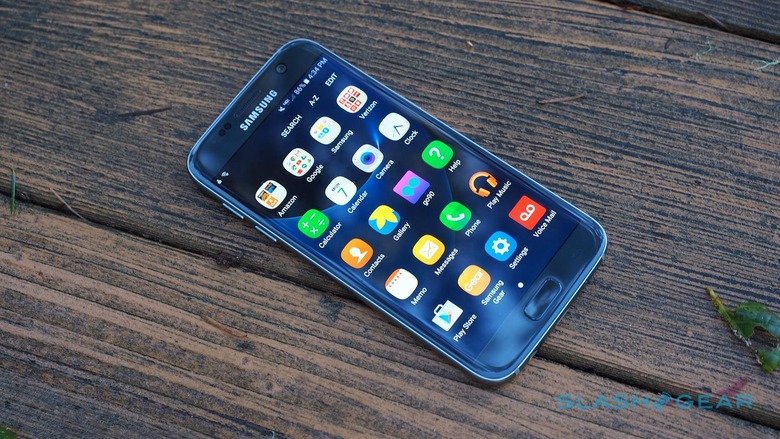
The Galaxy series made its name in no small part thanks to AMOLED, and the S7 does nothing to break that tradition. The 5.1-inch Quad HD panel is stunning; I'd roll out all the usual OLED superlatives, and mention the blacks so inky a squid would fall in love, plus colors so punchy you might require sunglasses, but frankly it's easier just to say that Samsung makes, if not the best, then among the best of the smartphone screens around today.
For the S7, that AMOLED niceness gets an equally intriguing cover glass, courtesy of Corning. The toughened Gorilla Glass 4 has smoothly rounded edges, lifted from the metal bezel like water's meniscus. No, it's not the eye-catching true display curve that the Galaxy S7 edge enjoys, but then neither does glare get in the way of actually seeing each side of the screen.
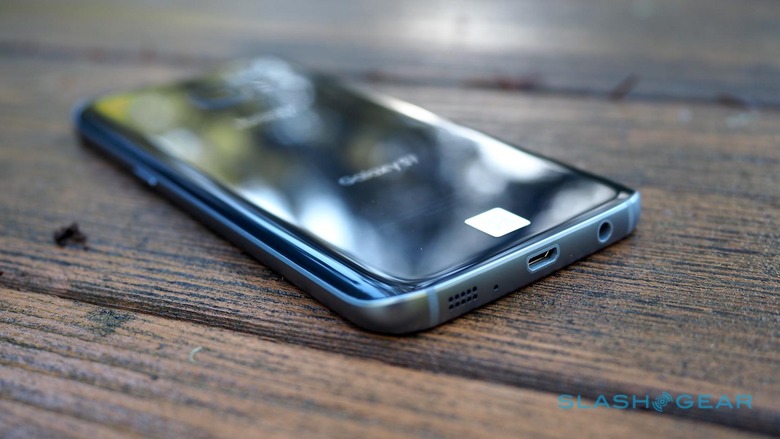
A surprisingly loud speaker sits alongside the microUSB port and headphone socket on the bottom edge. Samsung still seems to be scalded by prematurely attempting USB 3.0 back on the Note 4, and so has taken a conservative approach to USB-C. Perhaps it'll arrive on the Note 6 later in 2016, but for now the company line is that customers just aren't ready for a new connector.
Processor and Android Marshmallow
Which silicon beats at the heart of the Galaxy S7 depends on which market you buy it in. In the US, for instance, it's Qualcomm's Snapdragon 820, though other regions will get one of Samsung's own Exynos chips.
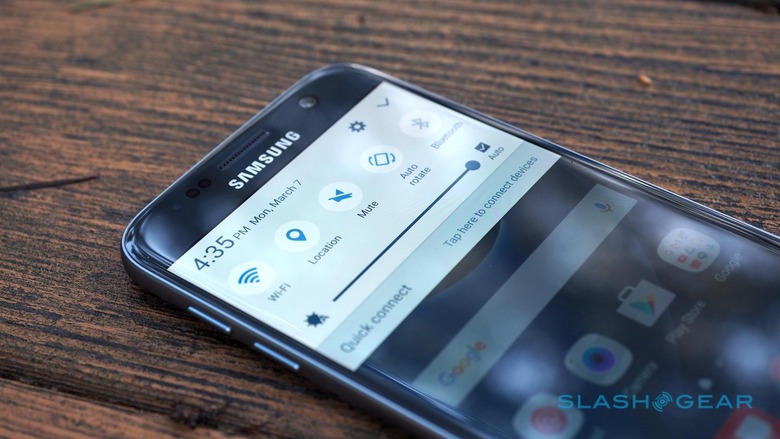
Either way, it's given 4GB of LPDDR4 memory to play with, which is more than healthy. As you'd hope, for the most part Android 6.0.1 Marshmallow is smooth and creamy: apps load swiftly, multitasking is lag-free, and the whole thing feels perky.
I say "for the most part" because, on rare occasion, there are some graphical stutters as the UI misses a beat. Not a deal-breaker, certainly, though noticeable when it happens.
One of Samsung's goals has been to show you that UI less often, mind, with the S7 getting an always-on display. Since we're now trained to sup desperately at the datum teat, slobbering eagerly over every Facebook Like, Instagram heart, and Twitter mention and thus checking our phones hundreds if not thousands of times a day to see if a notification slipped through our obsessive watchfulness, Samsung makes them always visible.
It's one of the benefits of AMOLED, of course, being able to selectively power up only certain pixels, and while keeping them active – albeit dim white on a black background – does have a minor impact on battery life over the course of a day, Samsung says it's a lot less than turning the whole screen on.
I'm as addicted to the hedonic shudder of a good notification ping as much as the next person, so Samsung's idea makes a lot of sense, though the implementation is a little raw. Your choices are a clock, a calendar, or an image – the latter being either an 8-bit style space scene, some twinkling stars, or a sparse forest of slender trees; right now there's no way to load your own picture – but you can't interact with them.
Tap all you like at the calendar, for instance, but you can't see what's on your schedule for each date. Neither can you swipe it to look at future months. Tapping the clock won't jump straight into your alarms; one of the layouts will let you have two timezones on-screen simultaneously, but no more than that, even though there's plenty of space left over.
In practice, then, I found I still ended up unlocking the S7 more often than not. Being able to check the time is nice, but if a notification pops up – and bear in mind you only see you have a certain number of new emails, for instance, not a preview of their contents, and only from the stock phone, SMS, and email apps – I'm probably always going to jump in and see what it says.
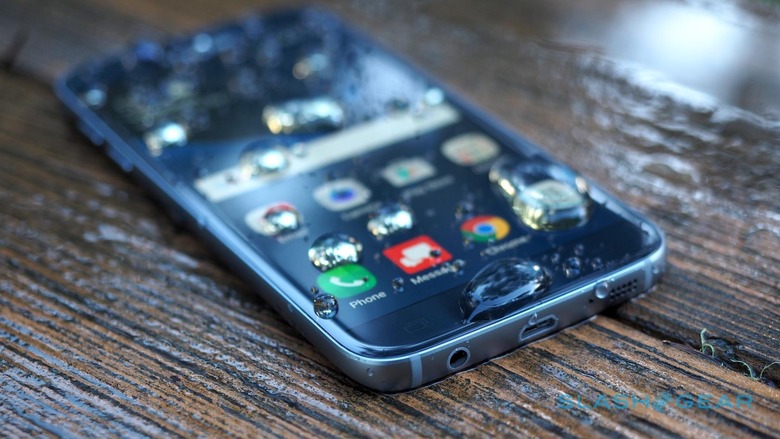
At least the Galaxy S7's fingerprint reader works well, therefore. As before, it's a unidirectional sensor – you don't have to angle your finger in a particular way – built into the home button, and requires a tap not a swipe. You can optionally have it authenticate any purchases from Samsung's own store, though it would be a lot more useful if you could use it for Google Play downloads instead.
Camera
If Samsung took a risk by increasing the thickness of the S7, it continued that show of courage by not only failing to increase the camera resolution over the S6, but actually dropping it for this generation. As a result, the Galaxy S7 has a 12-megapixel camera – rather than 16-megapixels as on its predecessor – though as you may have guessed, there's more to the story than just that one number.
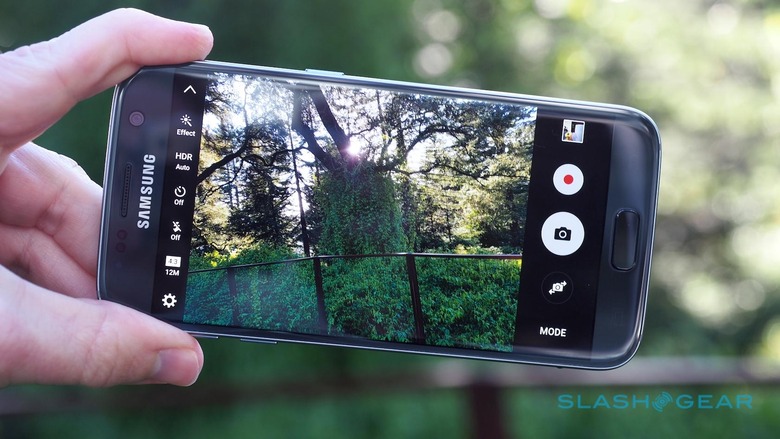
Samsung calls it dual-pixel technology, but it really boils down to a few key things. For starters, having fewer megapixels means each individual pixel can be bigger – 1.4 microns, rather than 1.12 microns – and that means more light sensitivity. Paired with the f/1.7 lens, which also means more light gets through, the promise is a huge increase in picture quality, particularly in low-light situations.
That's only half the dual-pixel story, mind. The other is in how the Galaxy S7 focuses.
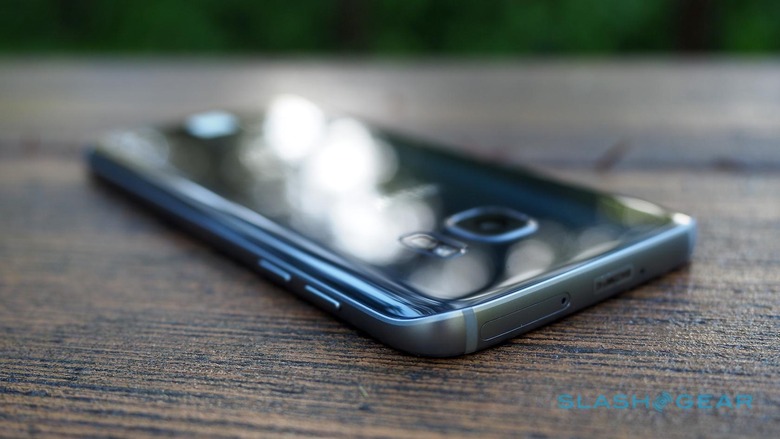
Each pixel has not one but two photodiodes, allowing the phone to use full phase-detection autofocus. If you're familiar with proper DSLRs then that's going to be familiar to you; if not, again, what you need to know is that it promises to be faster and more precise.
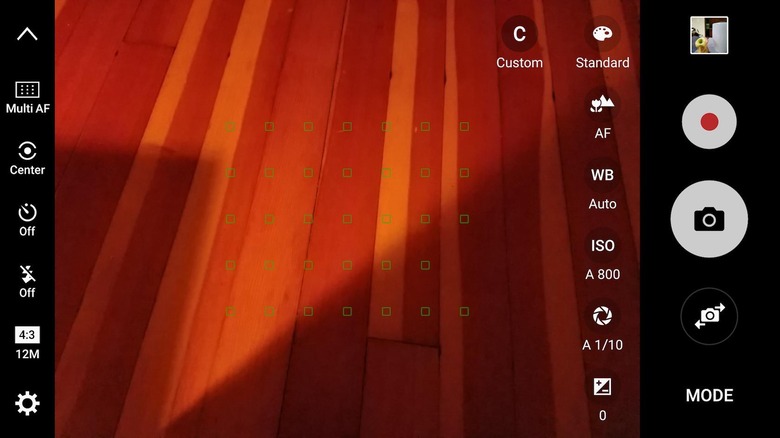
I had high hopes for dual-pixel, and so enlisted the help of my cat, Penelope, to test out the S7's ability to snap fast-moving subjects that are occasionally angry and inexplicably eager to smack me with a paw's-worth of claws.

It's definitely quick, though I don't know if I'd say it was necessarily any quicker than other fast autofocus systems, such as the laser-based version on the Nexus 6P.
Still, the images the S7 spits out are bright and punchy. The colors aren't unnaturally emphasized – unlike, say, some Samsung phones of years gone by – but they're more vivid than the same scenes taken with an iPhone 6s.
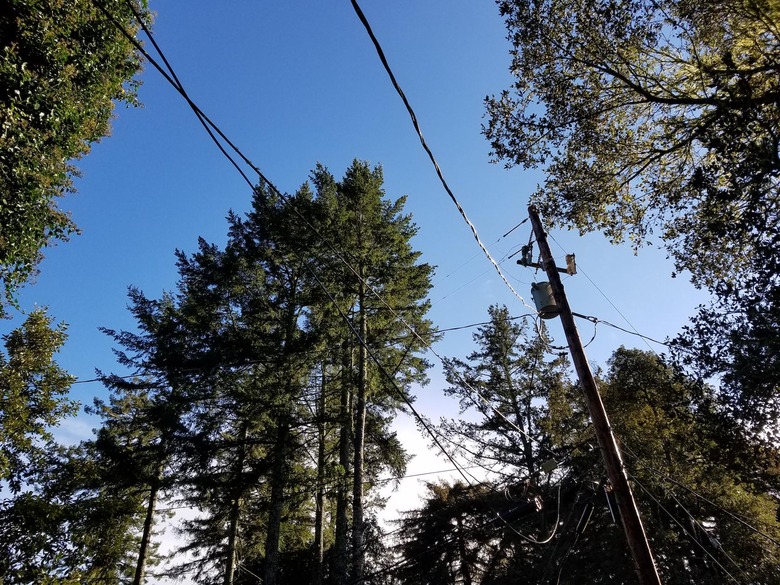
Meanwhile, low-light performance is solid, with an impressive degree of detail. Most of the time you can avoid using the flash, which invariably makes you look like a lumpen troglodyte. There's definitely grain in extreme low-illumination situations, mind.

As for those all-important cat shots, I got a few good images but that was after pruning about twice as many again which had come out blurry or simply missed the moment.
[gallerybanner p="430613"]
There are a variety of modes to choose from, for those willing to step away from Auto. Pro's most notable feature is RAW image support, while the Live Broadcast streaming to YouTube introduced last year is still included. A Food mode blurs everything but the circle of your plate, and there are the usual Hyperlapse and Panoramas.
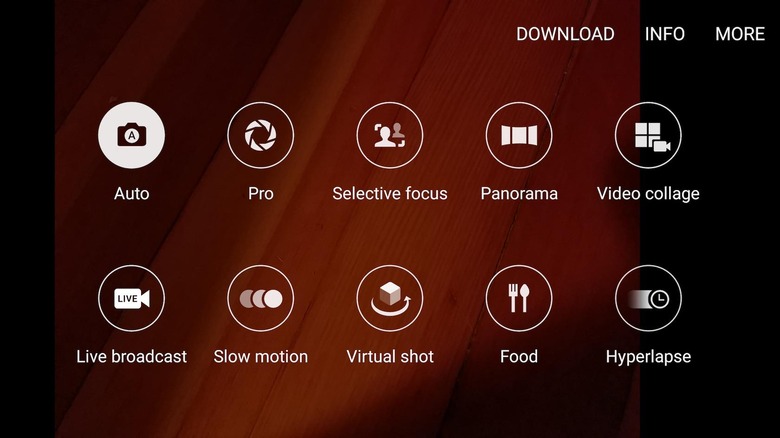
On the video side, there's support for up to 4K capture and optical image stabilization, though not every resolution mode gets the same toys to play with. If you want HDR video, tracking autofocus, or real-time video effects, for instance, you'll have to shoot in something other than the UHD (4K), QHD, or FHD (60fps) settings.
4K recordings are each capped at 10 minutes in length. The S7 gets fairly warm during that period, though never uncomfortable to the touch, and it cooled down again quickly afterwards.
Battery
The S7's 3,000 mAh battery is non-removable, perhaps the biggest outstanding physical design criticism would-be owners might have. Given that would impact things like waterproofing, though, and that Samsung has included not only Fast Charging but Fast Wireless Charging support, I'm happy giving them a pass.
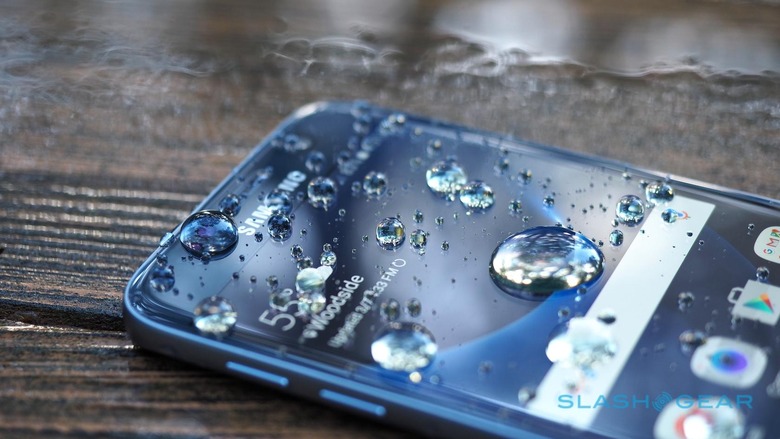
Oddly enough, though, despite the increase in capacity over the S6 – which had a 2,550 mAh battery – I didn't see a vast improvement in runtimes. The Galaxy S7 certainly lasted a full day of use, with a mixture of emailing and messaging, browsing, using the camera, a little Google Maps, and a couple of Spotify tracks, but it wasn't an earth-shattering improvement.
Wrap-Up
With the Galaxy S7, Samsung hasn't reinvented the smartphone wheel but it has demonstrated that it's listening. That it's an evolution rather than a revolution over and above last year's S6 is no great criticism: last year's phone was, frankly, already excellent.
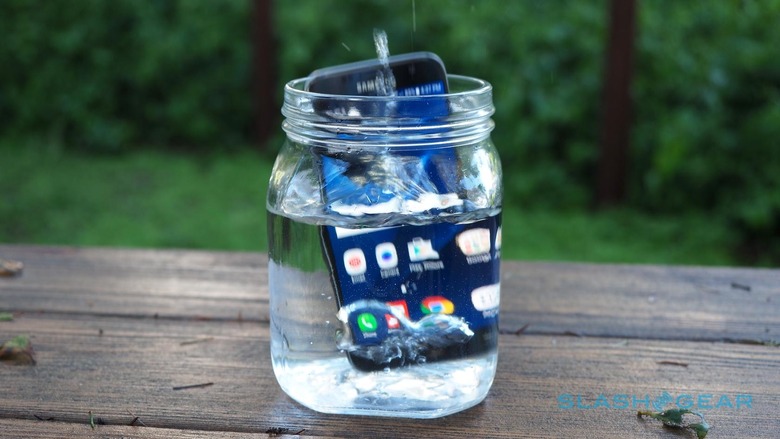
NOW READ: Samsung Galaxy S7 edge Review
No, instead Samsung has kept what works and addressed what wasn't. It stepped off the marketing hype-machine – well, just a little – and designed a thicker phone because that had more practical implications for its users. It held up its collective hands and said "you really wanted expandable storage and waterproofing, mea culpa, you've got them back."
The result is refinement, a more usable camera, and solid battery life, wrapped up in a premium-feeling shell. Certainly, it will face stiff competition from LG's G5 when that arrives later in the year, while the specter of the iPhone 7 looms large already, but there's a reason Samsung holds the top spot in Android devices and the Galaxy S7 will only strengthen that grip.
[gallerybanner p="430584"]

